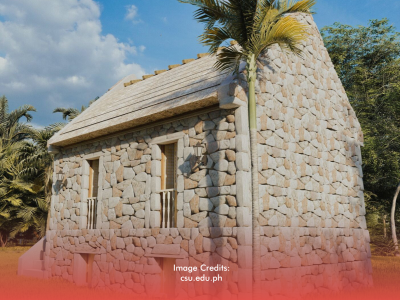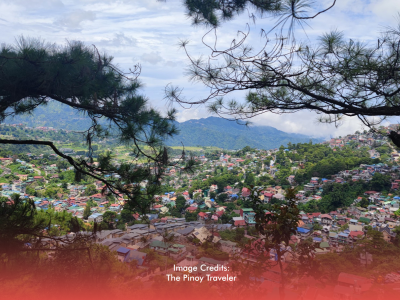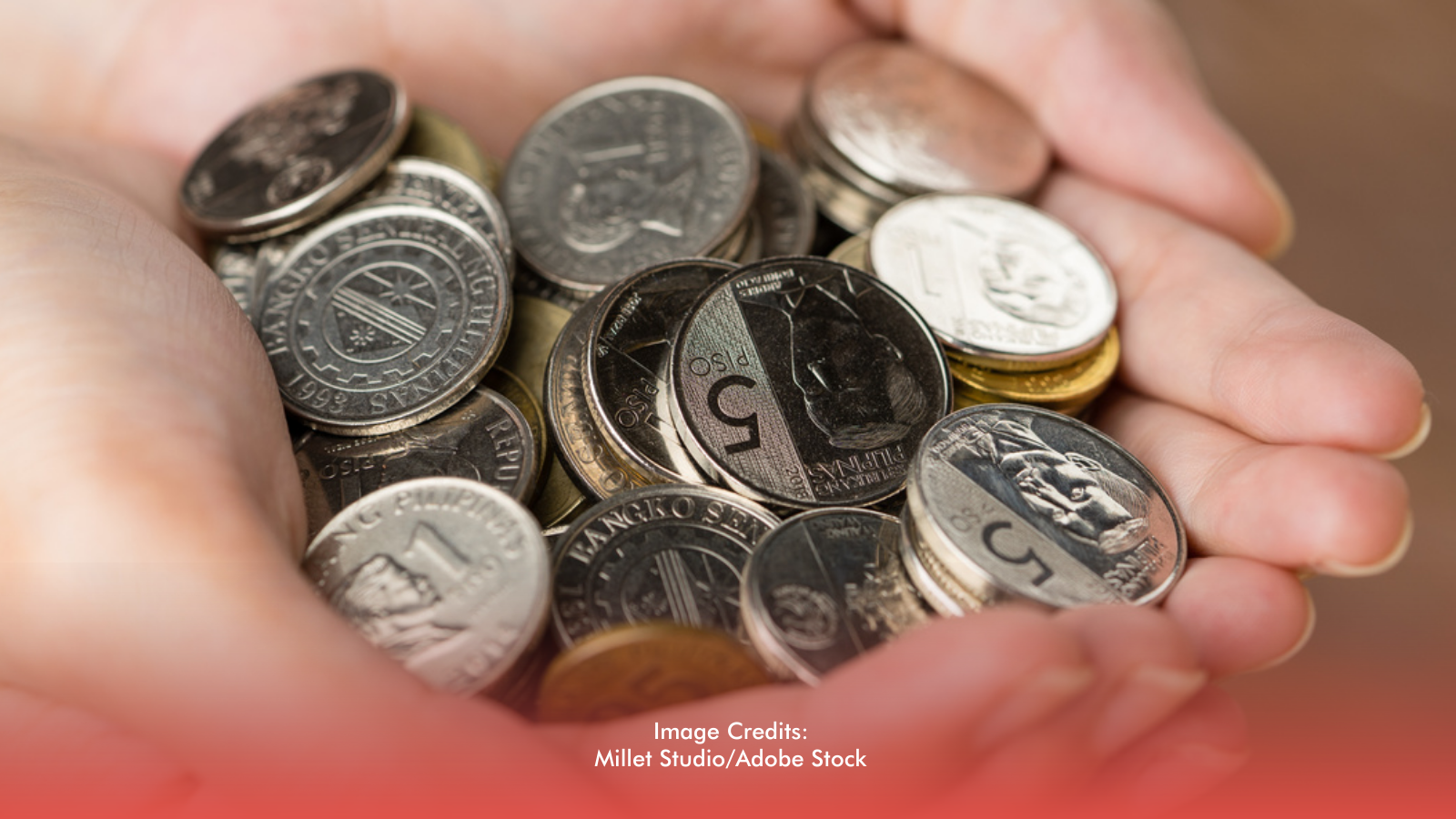In the Philippines–where rising fuel costs and the challenge of plastic waste loom large– a groundbreaking Filipino innovation is quietly making waves. Jayme Navarro, a visionary inventor from Bacolod, has developed a pioneering method to convert plastic waste into valuable fuels like gasoline, diesel, and kerosene. Despite its potential, this remarkable solution has yet to capture widespread media attention.
Pyrolysis: The Science Behind the Solution
Jayme Navarro’s approach centers on an advanced process known as Pyrolysis, which transforms plastic waste into usable fuel. The method begins with drying and shredding plastic, which is then heated in a thermal chamber under low-oxygen conditions. This setup allows the plastic to melt and vaporize without burning. The vapor is then cooled and condensed into liquid fuel.
This resulting fuel mirrors the chemical composition of conventional fuels but boasts a lower sulfur content, making it cleaner and more environmentally friendly. Additionally, it is produced at a lower cost, making it approximately 10-20% cheaper than traditional fuels. By addressing both waste management and fuel cost issues, Navarro’s innovation presents a significant leap forward in sustainability.
Local Triumph with National Implications
Navarro’s company, Poly-green Technology and Resources, Inc., operates out of Payatas, a community heavily burdened with plastic waste. The facility processes two metric tons of plastic each day, yielding around 1,600 liters of fuel.
Although his research earned the Outstanding Creative Research award from the Department of Science and Technology (DOST) in 2008, Navarro’s innovation has not yet achieved the media recognition it merits. Navarro plans to expand his operations to additional sites in Rizal and nearby provinces, seeking collaboration with local governments to scale up his project.
Looking Ahead: Scaling the Innovation
Jayme Navarro’s work represents a crucial opportunity for the Philippines to address its waste and fuel challenges simultaneously. With greater media exposure and investment, his technology could evolve from a local success to a national solution. As Navarro’s project continues to expand, it has the potential to revolutionize both environmental practices and fuel economics across the country. It’s time for this Filipino innovation to step into the spotlight and drive forward a more sustainable future.








